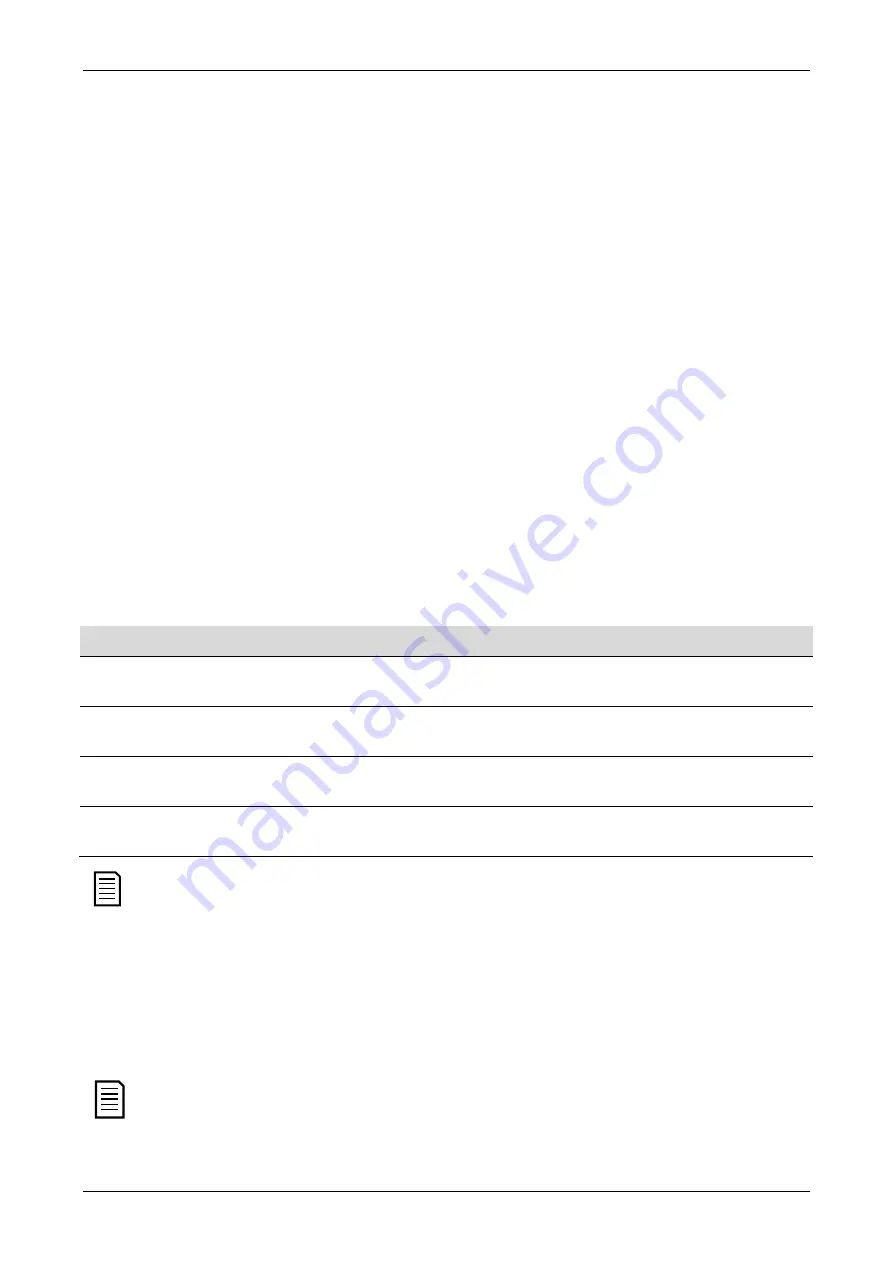
INSTRUCTIONS
3.
Operation
The Modbus RTU Card must be controlled by a Modbus client (such as a PLC) which
complies with the Modbus Protocol Specification. For successful operation, the client
must also support all functions and interfaces described in this document.
3.1
Master Configuration
For standard Modbus 11-bit transmission, the Master must be configured for 2 stop
bits with No Parity and 1 stop bit for odd or even parity.
For 10-bit transmission, the Master must be configured for 1 stop bit.
In all cases, the Master baud rate and slave address must match those set in
parameters 12A~12D.
The data polling interval must be long enough for the module to respond. Short
polling intervals may cause inconsistent or incorrect behaviour, particularly when
reading multiple registers. The recommended minimum polling interval is 300 ms.
3.2
Configuration
Modbus Network Settings
Network communication parameters for the card must be set via the soft starter. For
details on how to configure the soft starter, refer to the soft starter user manual.
Parameter Parameter name
Description
12A
Modbus Address
Sets the Modbus RTU network address for the soft
starter.
12B
Modbus Baud Rate
Selects the baud rate for Modbus RTU
communications.
12C
Modbus Parity
Selects the parity for Modbus RTU
communications.
12D
Modbus Timeout
Selects the timeout for Modbus RTU
communications.
NOTE
The Modbus RTU Card will read communications parameter settings from the
soft starter when control power is applied. If parameters are changed in the
starter, control power must be cycled for the new values to take effect.
Enabling Network Control
The soft starter will only accept commands from the Modbus RTU Card if parameter
1A
Command Source
is set to ‘Network’.
NOTE
If the reset input is active, the starter will not operate. If a reset switch is not
required, fit a link across terminals 10, 11 on the soft starter.
Modbus RTU Card (710-16499-00B)
3


































